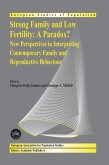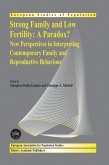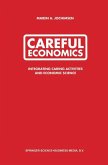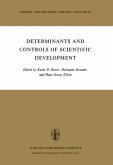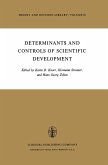Those who have sought information on the extent of divorce in the modern world will know that the most accessible sources lie in international yearbooks, (1) and that from these it is possible to make certain broad comparisons of a historical or geographical kind. For anyone country, for instance, changes in the divorce rate can be traced, or comparative rates for any number of countries at any given time can be examined. Similarly, it is possible to discover differences and similarities in divorce trends on an international basis, either for individual nations or for region al or cultural clusters. Typically, however, such sources cannot be used for detailed or sophisticated comparisons because of the limit ed volume of data, and of the nature of the statistics presented. To detect detailed differences in divorce-propensity by time or place, for instance, ideally requires cohort data, information on the number of marriages dissolved by divorce within one, two---x years among every 1,000 or 10,000 of marriages contracted in a given year. Such data do not appear in the international statistical summaries, which often do not even use the next best kind of measure, namely divorces per 1,000 or 10,000 existing marriages. Often the figures given are those for divorces per thousand of tot a I population, and these are of little comparative value because of variations in popu lation structure.


